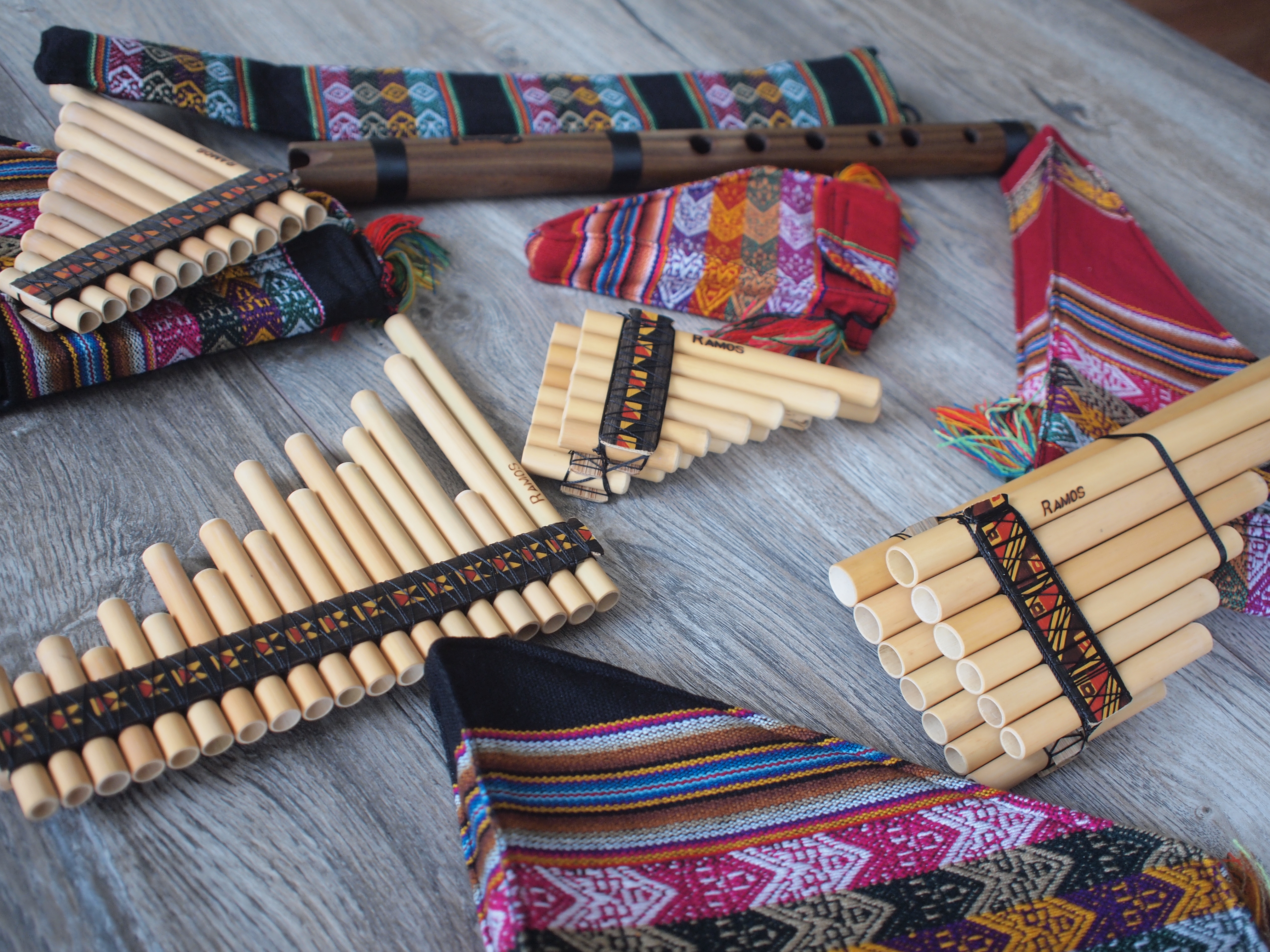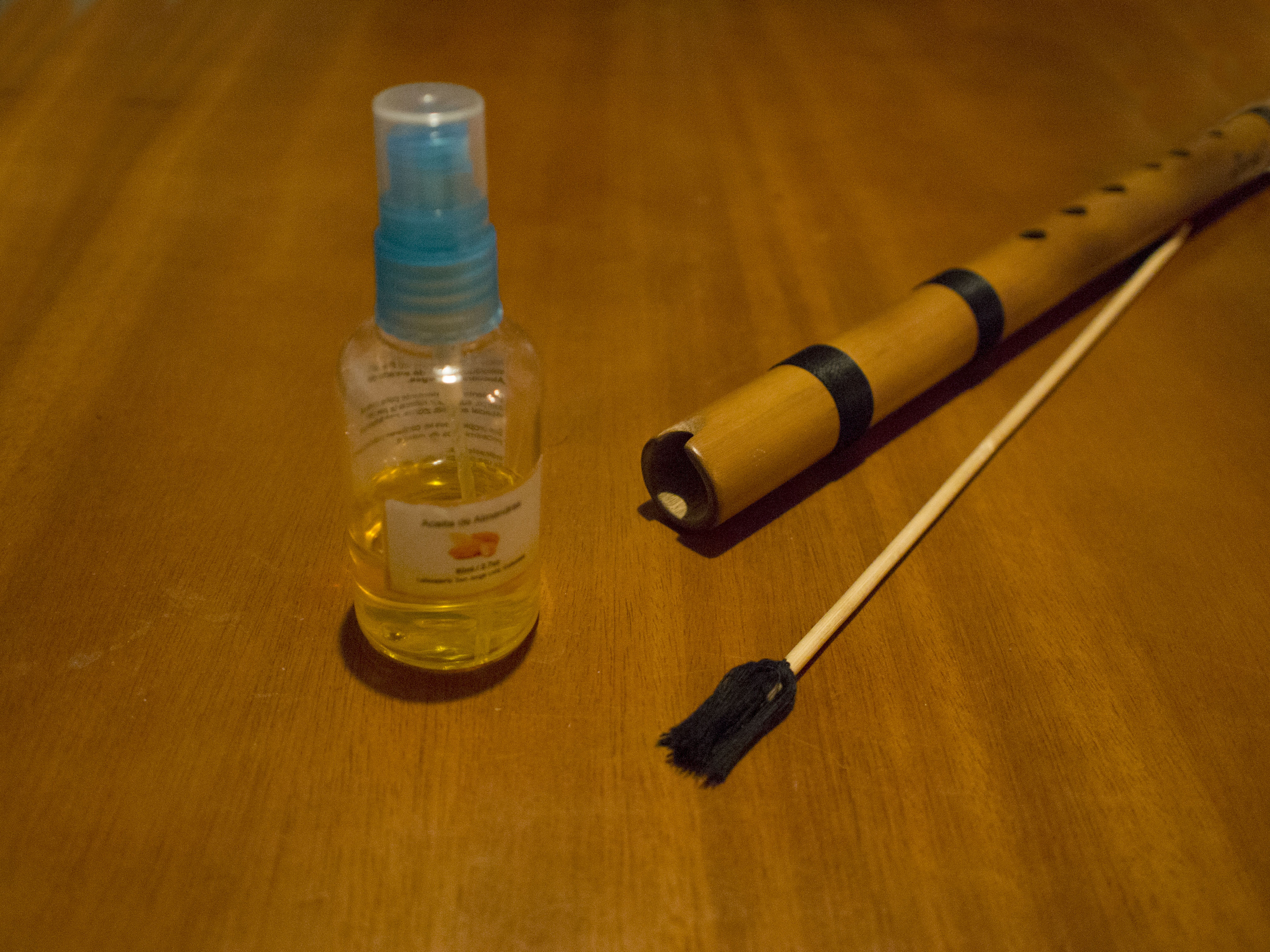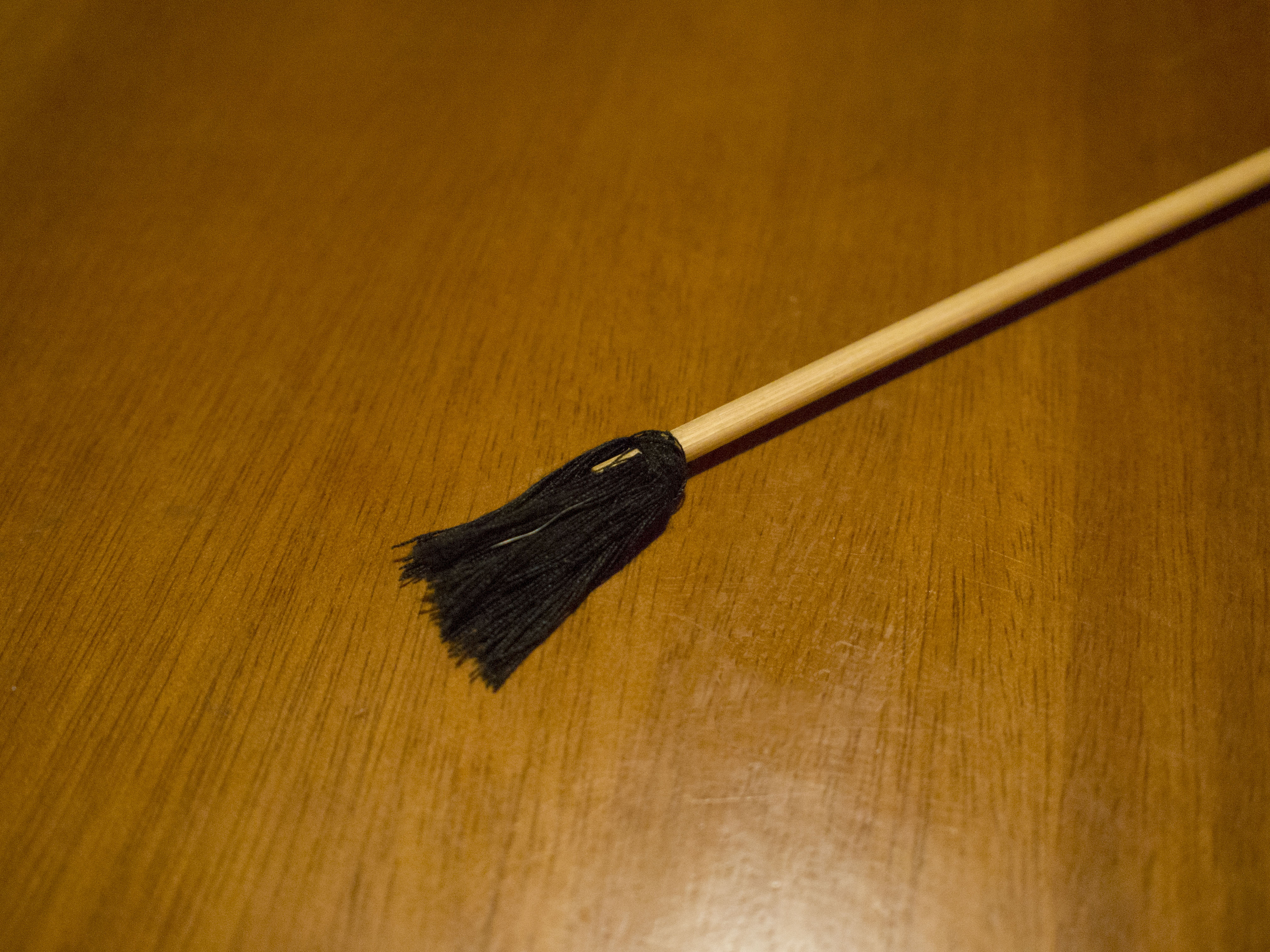Posted by AMJB on 13th Oct 2023
MAINTENANCE OF QUENAS, ZAMPOÑAS, PANFLUTES.

One of the biggest enemies of our bamboo and wood flutes is fungi. When stored for a long time, fungi can grow inside or accumulate dust, which affects the sound of the flute.
Here are some tips that can be applied to the care of your quena or pan flute:
1. After using our wind instruments and before storing them, we must remove any saliva that may have remained. Using a cotton cloth, disinfect the mouthpiece of the tube with 75% medical alcohol.
2. Then sprinkle the inside and outside with almond oil (it can also be coconut oil, olive oil, linseed oil). To apply the oil to the inside of the tube, use a brush of the type used to clean test tubes which has the proper diameter to enter the flute.

You can make an oiling tool inside the flutes yourself using a wooden stick or reed with pieces of string tied at the end.


. If you have stored your flute for a long time, before using it be sure to clean the dust that may be inside. To do this, clean it with a clean test tube brush and then apply almond oil.
4. In case of finding your flute with fungus, clean with a cloth soaked in sodium hypochlorite. Let dry. Then apply almond oil.
5. Always use your flute lightly oiled for more beautiful sounds.
6. Never oil a quena made of bone. The bone tends to stain and lose its beauty.
7. Avoid leaving your flute in direct sunlight for long periods of time. Extreme heat can dry out or crack your flute.
8. Avoid hitting your flute. A small crack may not be seen and it will change the sound of the flute.
9. Extreme temperatures temporarily alter the pitch of flutes made of bamboo. Bamboo flutes are tuned to be played at a certain temperature (Saloon temperture).
10. If you are a beginner in quena, or do not have enough force to blow, ask to the makerfluter a thinner quena than the standard one.
_
Versión en Español:
Mantenimiento de las quenas, zampoñas, flautas de pan.
Uno de los mayores enemigos de nuestras flautas hechas de bambú y de madera son los hongos.Cuando almacenamos por largo tiempo, pueden crecer hongos en su interior o acumularse polvo, los cuales afectan en el sonido de la flauta.
Aquí les damos algunos consejos que se pueden aplicar para el cuidado de su quena o flauta de pan:
1.Después de usar nuestros instrumentos de viento y antes de almacenarlos debemos retirar la saliva que pueda haber quedado. Usando un paño de algodón desinfectar la embocadura del tubo con alcohol medicinal al 75%.
2.Luego rosear el interior y el exterior aceite de almendras (también puede ser aceite de coco, aceite de oliva, aceite de linaza).Para aplicar el aceite en el interior del tubo, usar un cepillo de los que usan para limpiar probetas que tenga el diámetro adecuado para ingresar a la flauta.
Usted mismo puede hacer una herramienta para limpiar con aceite dentro de las flautas usando una varilla de madera o caña con trozos de hilos amarrados en la punta.
3.Si almacenó su flauta por un largo tiempo, antes de usarla asegúrese de limpiar el polvo que pueda haber en el interior. Para ello límpielo con un cepillo limpia probeta y luego aplique aceite de almendras.
4.En caso de encontrar su quena con hongos, limpie con paño embebido en hipoclorito de sodio. Dejar secar. Luego aplicar aceite de almendras.
5.Utilice siempre su flauta aceitada ligeramente para obtener sonidos más bellos.
6.Nunca aceitar una quena hecha de hueso. El hueso tiende a mancharse y perder su belleza.
7.Evite dejar su flauta directamente al calor del sol por periodos muy prolongado. El calor extremo puede resecar o producir grietas en su flauta.
8.Evite golpear su flauta. Una pequeña grieta puede no verse y cambiará el sonido de la flauta.
9.Las temperaturas extremas alteran temporalmente la afinación de las flautas hechas de bambú. Las flautas de bambú son afinadas para ser tocadas a una temperatura determinada (temperatura de salón)
10.Si usted es principiante en la quena, o no tiene la suficiente fuerza para soplar, pida que le fabriquen una quena más delgada que el standard.

